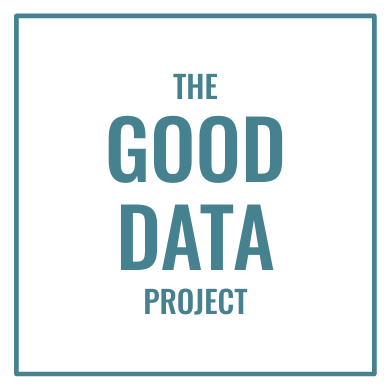Recently Statista published a chart showing the percentage of US sports fans in different age groups that follow baseball. Spoiler alert: Yes, baseball is for boomers.
But rather than analyzing the data, the accompanying text mostly just lists numbers from the chart: “As the following chart shows… 64 percent of US sports fans aged 55 to 64 follow baseball, while just 43 percent of those aged 25 to 34 and 34 percent of 18 to 24-year olds do the same.”
That text contains a whole lot of numbers, but not a whole lot of insights. Anytime you start a sentence with “as the following chart shows,” you’re probably not adding much value. And we don’t need Statista to list all those numbers; the bar graph a few pixels away presents the same data, plus more. (That’s why we make charts and tables: They’re better than words at conveying large amounts of data.)
Instead of repeating data we can already see, Statista should have added context by:
Comparing the data to itself. Another way of saying that 64% of older sports fans follow baseball versus 34% of younger fans: “US sports fans aged 55 to 64 are almost twice as likely as those aged 18 to 24 to follow baseball.” That sentence adds to readers’ understanding of the data; bludgeoning readers with nine different numbers in a single sentence likely detracts from their comprehension.
Comparing the data to the past. Okay, older sports fans like baseball more than younger ones. I have questions, and so do your readers. Was the gap this big a decade ago? Has the overall popularity of baseball gone up or down in the past 20 years? Trends help readers make sense of the data you’re explaining and understand why it matters.
Comparing the data to other topics. Do older sports fans also follow football more than younger fans? What about basketball or hockey or ski jumping? To Statista’s credit, they mentioned that football is US sports fans’ favorite sport. But they failed to offer the details that would really tell the story.
Remember what the Data Story Mandate tells us: yes, data stories must be correct and reliable, but they have to be meaningful as well. When you explain your data, rather than just describing it, you add that meaning.
Thanks for reading. Seen any data charts or stories that need improving? Post them in the comments below or on LinkedIn. And if you want good data delivered to your inbox, subscribe here.

